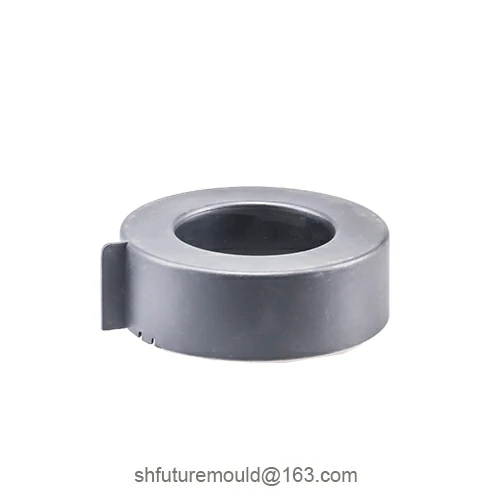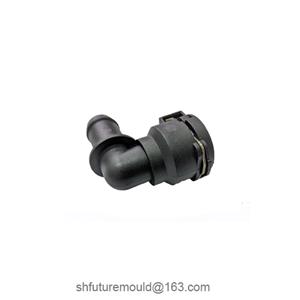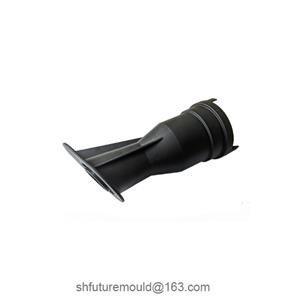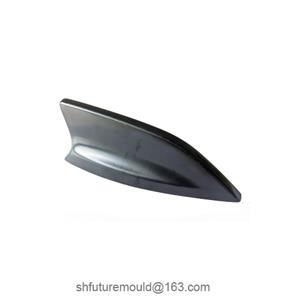Surface Smoothness and Transparency of Optical-Grade PC Injection Molded Products
Optical-grade PC injection molded products exhibit high transparency and clarity under strong light sources. To achieve excellent surface smoothness and transparency, the key is to ensure that the product surface is dust-free, scratch-free, and defect-free. The surface smoothness and transparency of optical-grade PC injection molded products depend on several factors, including:
Material: The intrinsic properties of the PC material can affect its optical performance. For instance, high-flow PC materials generally have a higher likelihood of achieving higher optical quality than those with poor flowability.
Mold: The surface smoothness of the mold directly impacts the surface smoothness of the product. High-quality molds can produce products with smooth, defect-free surfaces.
Injection Process: Injection process parameters, such as injection pressure, speed, holding pressure, and cooling time, can influence the product's internal structure and surface smoothness. Appropriate process parameters can enable the product to achieve optimal optical performance.
Mold Release Agent: Mold release agents can affect the surface smoothness and transparency of the product. Mold-release agents should be selected that do not leave residues or impair optical performance.
Post-Processing: After molding, the product's surface smoothness and transparency can be further improved through post-processing techniques such as polishing and coating.
Methods to Achieve Excellent Surface Smoothness and Transparency of Optical-Grade PC Injection Molded Products:
Utilize High-Quality Raw Materials: To achieve excellent surface smoothness and transparency, it is crucial to select high-quality raw materials to prevent impurities and air bubbles, thereby minimizing defects and burrs on the product surface.
Control Injection Temperature: Injection temperature significantly impacts the surface smoothness and transparency of the product. Therefore, it is essential to control the injection temperature to ensure the quality of the product surface.
Rational Mold Design: To prevent deformation or uneven deformation of the product during the injection molding process, the mold must be rationally designed to guarantee the consistency of the product's shape and dimensions.
Employ Appropriate Post-Processing Methods: During the product's post-processing stage, suitable methods and tools should be employed to avoid damage and flaws on the product surface, thereby maintaining the product's smoothness and transparency.
By controlling these factors, PC injection molded products that meet various optical requirements can be manufactured.
Methods for Testing Surface Smoothness and Transparency of Optical-Grade PC Injection Molded Products:
Gloss Measurement: Gloss is the degree to which a material's surface reflects light. The higher the gloss, the smoother the surface.
Light Transmittance Measurement: Light transmittance is the percentage of light that passes through a material relative to the incident light. The higher the light transmittance, the more transparent the material.
Haze Measurement: Haze refers to the tiny defects on a material's surface, such as scratches, bubbles, and impurities. The lower the haze, the smoother the surface.




